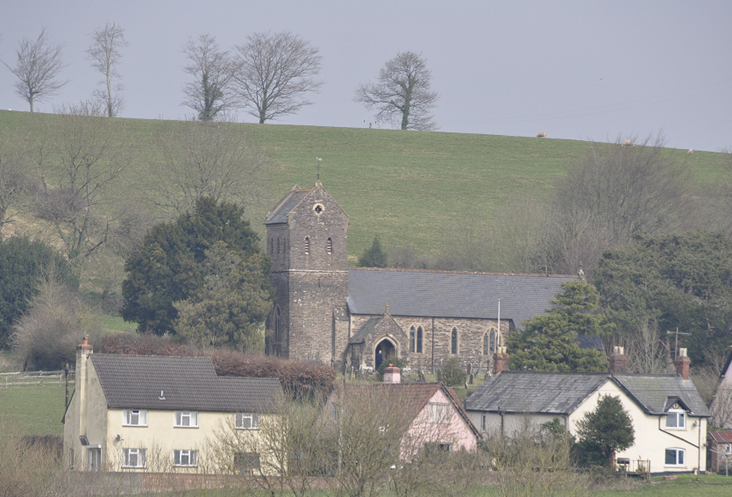 |
| Kandinsky, Improvisation - Deluge (1913) |
There are some great paintings in this show (at the Tate
Modern), but I found the catalogue, and the interpretation provided, very unhelpful.
This exhibition should be entitled “Women and The Blue Rider
Movement”. It’s not about Expressionists generally, and it doesn’t even provide
an introduction to the Blue Rider movement. I had to go to other books, and to
Wikipedia, to get a better idea of what was going on. For example, if you wanted to know about the Blue Rider
Almanac, the group’s only major publication, there is indeed an article about
it in the catalogue, which begins:
References to the publication of
The Blaue Reiter Almanac in the autobiographical writings of Wassily Kandinsky
range from the egotistical to the whimsical. [p184]
Nothing about what the Almanac was. I haven’t found any general
introduction to the Almanac. Instead, the catalogue tells you how egotistical
and whimsical Kandinsky was, and how the Almanac only included two female
artists [p184] (or three female artists [p79]). As for Kandinsky, responsible
for some of the first ever abstract works, which are some of the most magical
paintings in the show, he is dismissed in the following way:
Kandinsky’s confidence in his art’s
power of course had to do with his privileged position. His abstract modes incorporate
(appropriate) the decorative, feminine
and ‘exotic’, transforming abstraction into a supposedly universal ( read white
male) mode. [Bibiana K. Obler, p80]
I can imagine some abstract art perhaps as male, but I
simply don’t see Kandinsky’s abstract works as incorporating “feminine” elements
– I thought we had moved beyond that kind of simplistic assignment of “masculine”
and “feminine” attributes. I think Kandinsky’s achievement is to create
colourful and dynamic works that are more than simply decorative. And I
certainly don’t see his works as “male”; you might perhaps interpret Jackson Pollock
as male, although I think what is actually meant is “aggressive”, but not
Kandinsky.
Let’s summarise from external sources about what was
actually going on. The Blue Rider Movement was founded by Marc, Kandinsky and Macke,
and only existed for three years, from
1911 to 1914. It was responsible for two exhibitions and one Almanac. It ended
abruptly at the start of the war, during which two of the founders died: Marc
in 1916, and Macke in 1914. The Almanac contains, alongside essays, a huge
variety of works including Henri Rousseau, folk art, 13 children’s paintings,
Schoenberg music scores, Japanese drawings, and medieval German woodcuts. The catalogue
authors criticize the Almanac for not providing attributions to the
non-European works, but it seems perverse to complain about a more
international scop and wider range of
art than any movement had assembled at that time; and attribution was not seen
at the time as important as it might be today. I don’t think it would take long
to find Picasso’s use of non-attributed African models. Is it Colonialist? Yes,
of course, but by that token, so is Shakespeare nationalist and misogynistic. Better
would be to concentrate on the reasons why we still look at works by Marc,
Macke and Kandinsky.
And, let’s face it, some of the paintings in this exhibition are just bad, for example, the folk-religious works on glass by Gabriele Münter, and the Girl with Toddler by Maria Franck-Marc. There are many black-and-while photographs by Gabriele Münter from her visit to Tunisia in 1905, and to the US in 1900, but I simply don’t think you can make a case for them as countering “Orientalist stereotypes”. I haven’t yet found anything in the catalogue that makes me look at these works in a genuinely enlightening way. I’ll remember the wonderful images of a non-rational, non-specifically Western, universe of the (if you like) spiritual, but I would simply describe as "non-rational".
In summary, an exhibition with some great paintings, but unhelpful
text. For a better introduction I would suggest Roger Cardinal’s Expressionism
(1984). Or just look at the pictures and respond to the sheer sense of
release from hundreds of years of art-historical convention.




